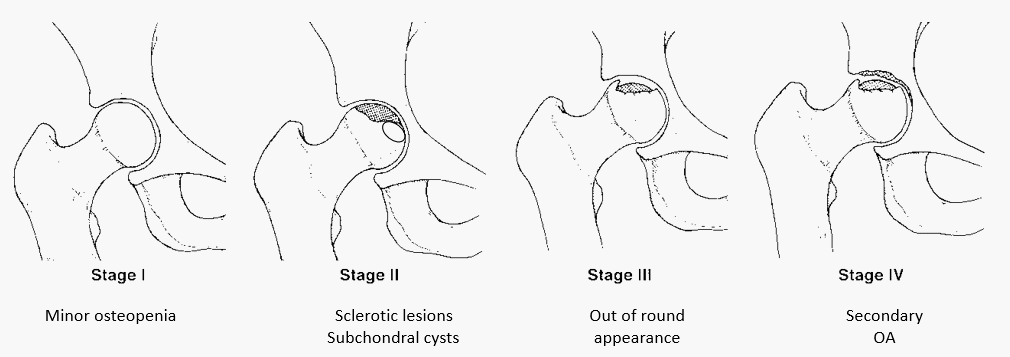Ficat and Arlet first classified avascular necrosis of femoral head (AVN) in 1964 before the advent of MRI which was later modified and published in 1985 to include pre-radiographic stages relying on invasive testing procedures. The classification system later underwent further modifications that include MRI findings, patient symptoms and modifies…
Tag: Radiology
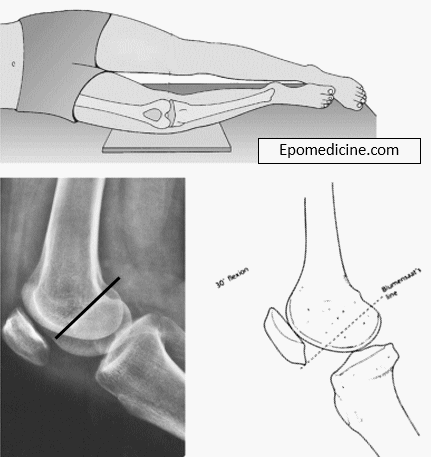
Blumensaat line
Synonym: Intercondylar line, Blumensaat’s line Definition of Blumnesaat line It is the tangent drawn along the roof of intercondylar notch or fossa of the distal femur on the saggital or lateral view. Morphologic variations of Blumensaat line (Iriuchishima’s classification) Straight type (35%): appear more or less straight Small hill type…
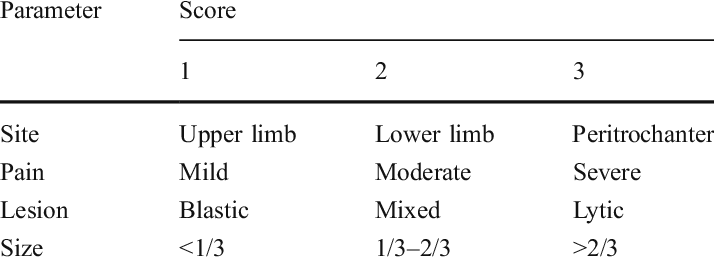
Mirel’s Criteria or Score – Mnemonic
Mirel’s scoring system rates 4 criteria from 1 to 3 with maximum possible score of 12 to assess the risk of pathological fracture due to metastases and also serves as a guide for considering prophylactic fixation. The parameters of the criteria can be remembered using the mnemonic MIREL’S. M –…
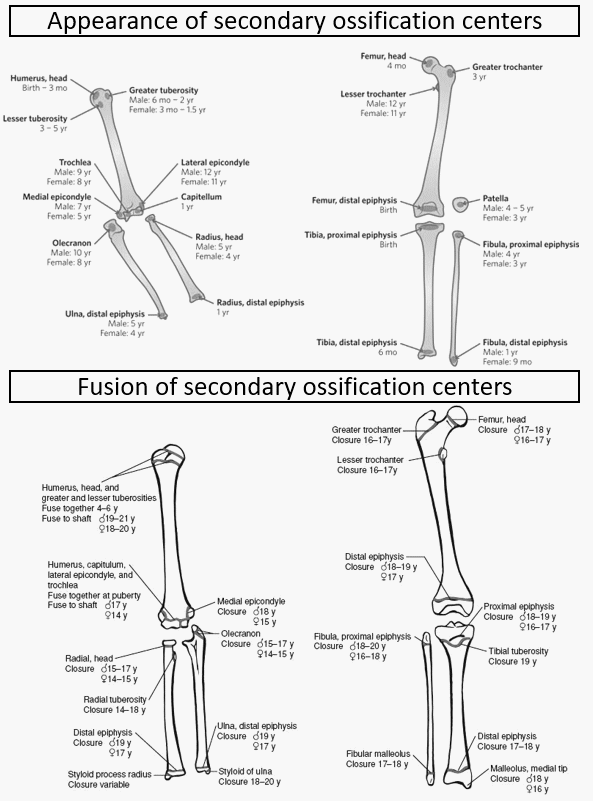
Appearance and Fusion of Ossification Centers
Upper end of humerus Mnemonic: HGL – 1,3,5 a. Head – by 1 year b. Greater tuberosity – by 3 years c. Lesser tuberosity – by 5 years All 3 centers fuse together by 6 years (1 year after the last center appears) Upper end of femur Mnemonic: HGL –…
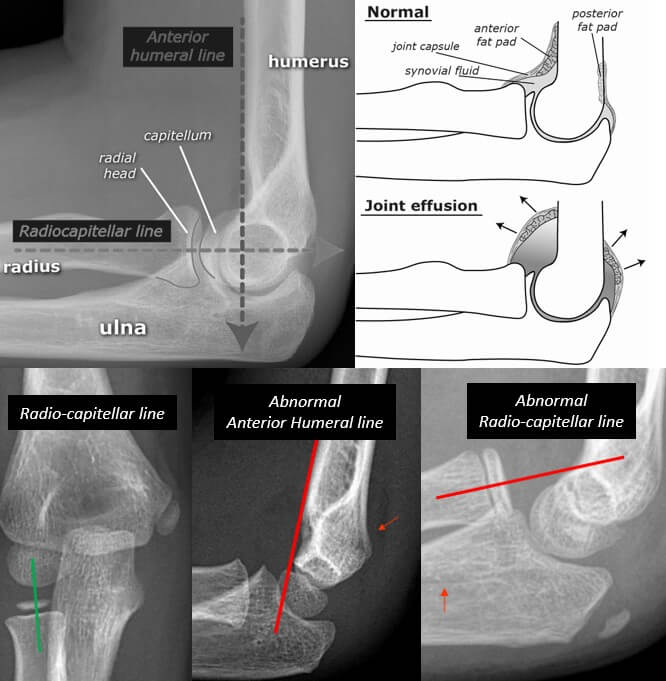
Mnemonic Approach to Elbow Xray – FOOL
Mnemonic: FOOLa. Fat padsb. Overt findings and outlinesc. Ossification centersd. Lines Fat pads The elbow joint has anterior and posterior fat pads which are extra-synovial but within the articular capsule. These are present as a radiolucent (black) line (compared to bone and surrounding soft tissues) in lateral X-rays. Normal finding:…
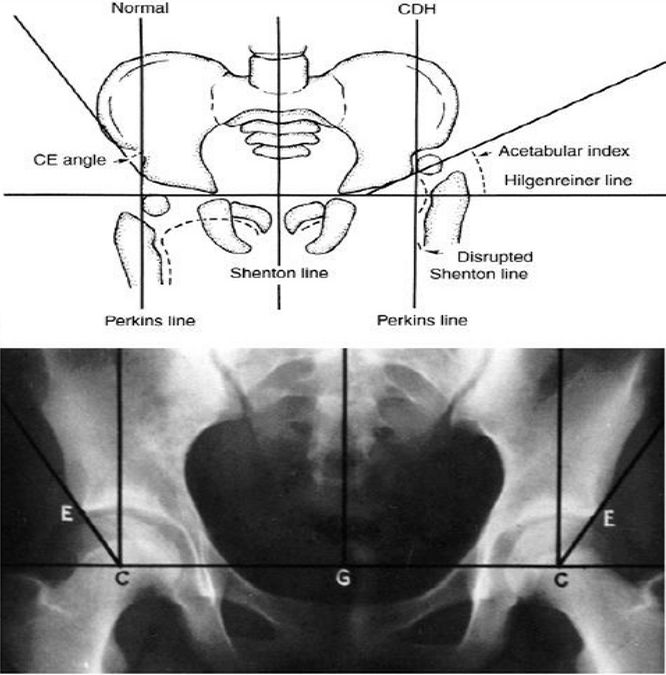
Lines and Angles in Orthopedics
Slipped Capital Femoral Epiphysis (SCFE) Southwick’s angle: Epiphyseal-shaft angle on lateral radiograph <30 degrees: mild 30-60 degrees: moderate >60 degrees: severe Klein’s line: Line drawn along superior border of femoral neck (AP x-ray) In SCFE: will intersect less of the femoral head or not at all Developmental Dysplasia of Hip…

Ottawa Foot, Ankle and Knee rules – Mnemonic
Ottawa Ankle and Foot Rules Mnemonic: 44-55-66-PM Patients need an X-ray only if: 4: Unable to do 4 steps immediately AND4: Unable to do 4 steps at Emergency Department OR 5: Has pain at the base of 5th metatarsal5: Has pain at the 5caphoid (Navicular) OR 6: Tenderness in 6…
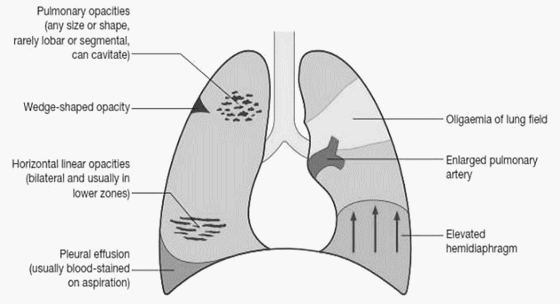
Pulmonary Embolism : Chest X-ray Signs
1. Classic presentation is normal X-ray in patient with dyspnea and hypoxia 2. Atelectasis or parenchymal abnormality (68%) 3. Elevated hemidiaphragm 4. Pleural effusion (Felson’s sign – pleural effusion on left > right) 5. Hampton’s hump: peripheral pleural based wedge-shaped density above the diaphragm due to pulmonary infarct 6. Westermark’s…
